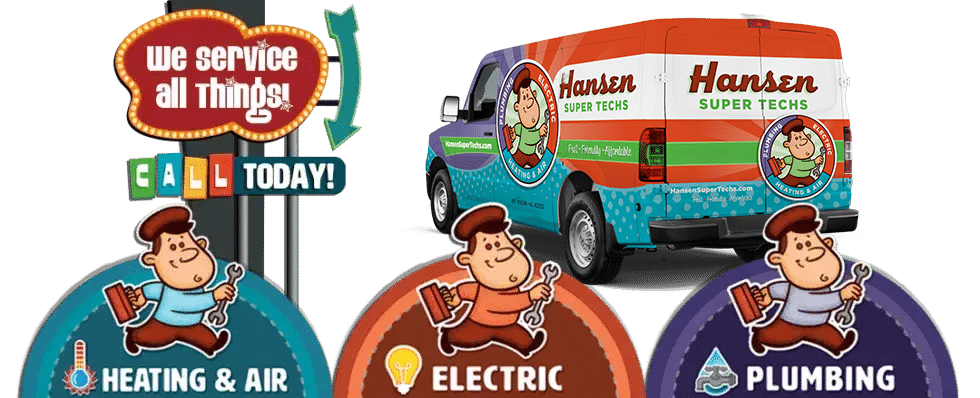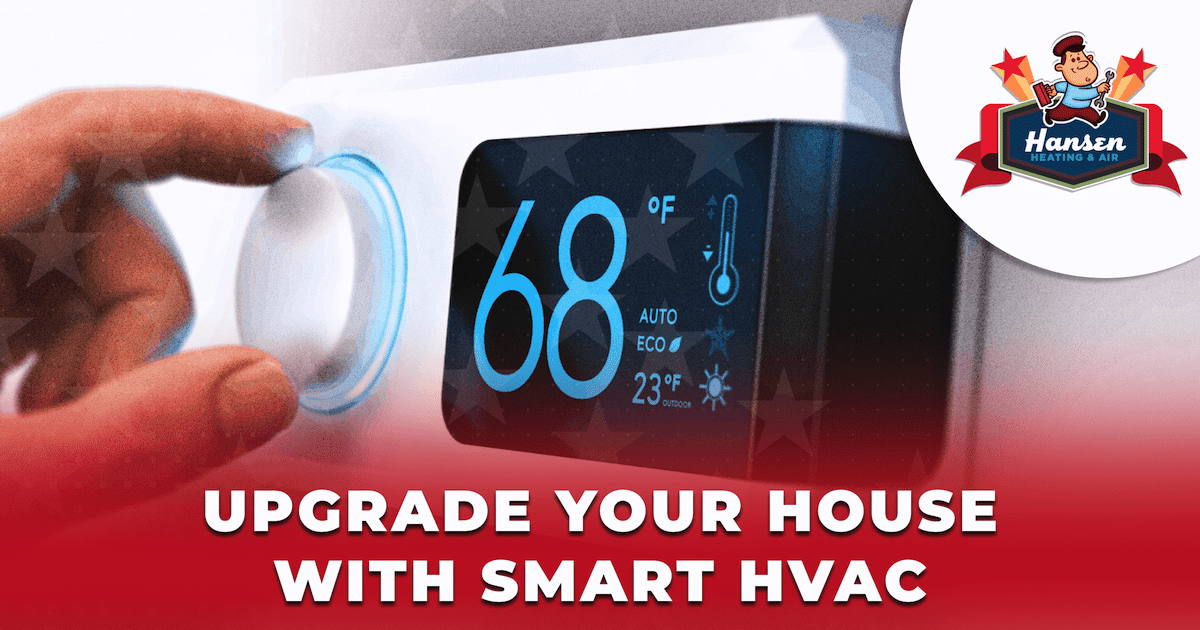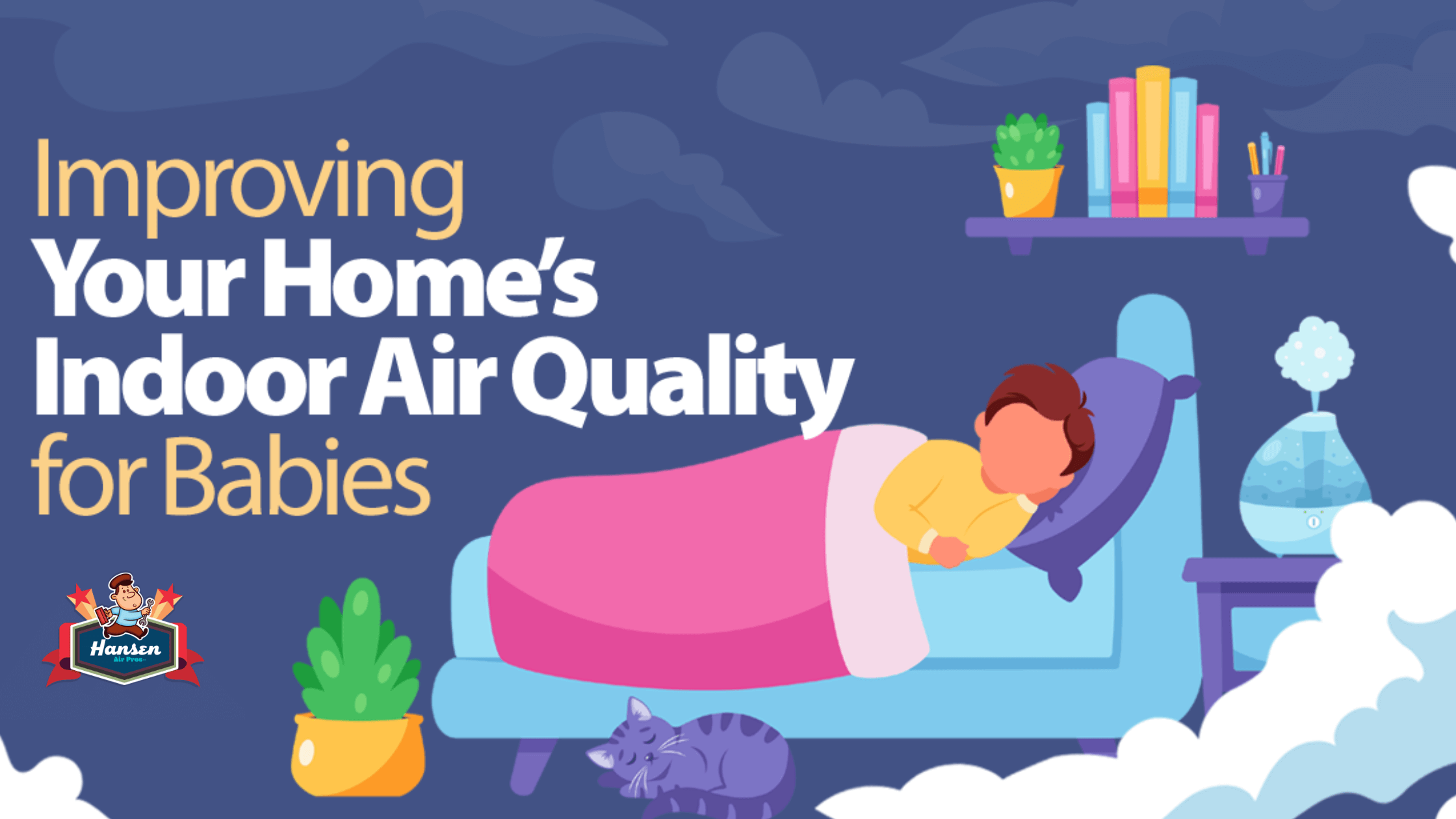Technology has come a long way and has evolved in a spectacular way. There are various ways people use technology to ease their life. There are multi-cookers that you can control on an app from...


Indoor Air Quality Archives
Improving Your Home’s Indoor Air Quality For Babies
Recently, we wrote an article on the importance of planning an indoor air quality test. Today, we will expand on that topic further by exploring the difference ways to improve indoor air quality for...
Why Should You Plan for an Air Quality Test?
Indoor air pollutants cause a variety of health problems and can damage parts of the building. Since we spend most time indoors, it is always wise to address any pollution concerns. An air quality...
Top Indoor Air Quality Issues in Autumn
When most people think of the scariest health risks to them and their families, they often do not think of the air they breathe in their own homes. That said, the EPA recognizes poor indoor air...



